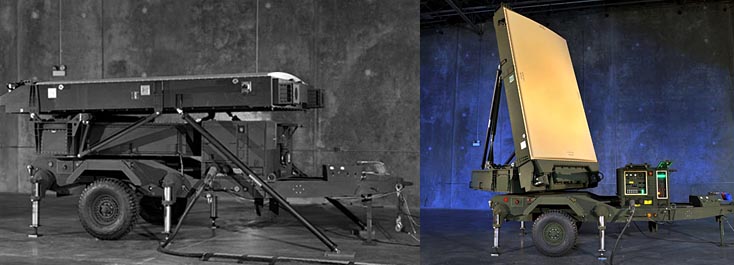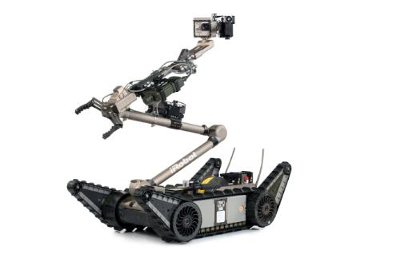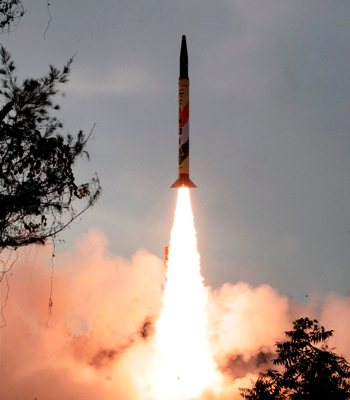
AN/TPS-80 Ground/Air Task Oriented Radar (G/ATOR) as part of Northrop Grumman AESA Radar Systems. Photo: Northrop Grumman.
LINTHICUM, MARYLAND (BNS): Northrop Grumman Corporation has been selected by the Defence Advanced Research Projects Agency (DARPA) to develop and demonstrate advanced wideband digital antenna technology for next generation radio frequency (RF) sensors using active electronically scanned arrays (AESAs).
The DARPA Microsystems Technology Office awarded Northrop Grumman an USD 11.9 million contract for phase one of the Arrays on Commercial Timescales (ACT) programme.
The purpose of ACT is to develop the key technologies for affordable, next-generation AESAs by designing a reusable digital common module that contains the critical integrated circuits required for next generation AESAs.
ACT aims to greatly reduce the development and manufacturing cost of future digital arrays through common module reuse, high levels of integration and the application of high-volume commercial Complementary Metal Oxide Semiconductor (CMOS) integrated circuit technology, according to the company news release.
"Our wideband digital common module design is a breakthrough in AESA capability, enabled by the application of commercial system-on-chip technology with integrated high speed data converters that enable direct RF sampling," said Dr. William Phillips, director of Advanced Technology, Northrop Grumman Electronic Systems sector.
Northrop Grumman has developed and produced AESAs for the F-16, F-22 and F-35 airborne radars, the AN/TPS-80 G/ATOR ground/air task oriented radar, the AN/ASQ-236 radar surveillance pod, and many other programmes.
Key subcontractors on the Northrop Grumman ACT team are Semtech and Systems & Technology Research.
 Previous Article
Previous Article Next Article
Next Article











The Indian Air Force, in its flight trials evaluation report submitted before the Defence Ministry l..
view articleAn insight into the Medium Multi-Role Combat Aircraft competition...
view articleSky enthusiasts can now spot the International Space Station (ISS) commanded by Indian-American astr..
view article